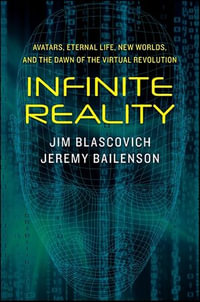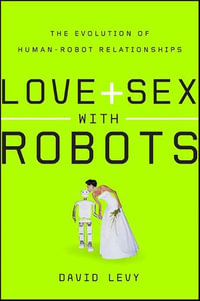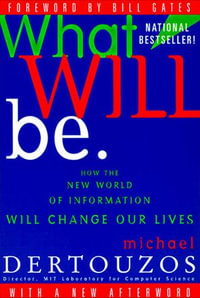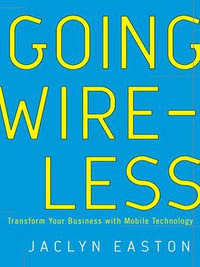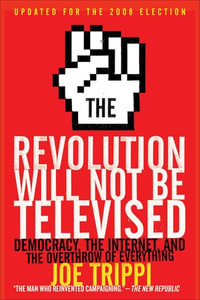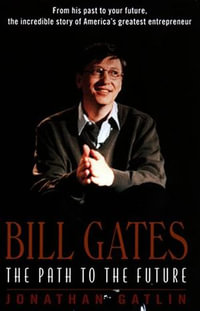
eTEXT
Handbook of Blind Source Separation
Independent Component Analysis and Applications
By: Pierre Comon
eText | 17 February 2010
At a Glance
eText
$159.50
or
Instant online reading in your Booktopia eTextbook Library *
Read online on
Desktop
Tablet
Mobile
Not downloadable to your eReader or an app
Why choose an eTextbook?
Instant Access *
Purchase and read your book immediately
Read Aloud
Listen and follow along as Bookshelf reads to you
Study Tools
Built-in study tools like highlights and more
* eTextbooks are not downloadable to your eReader or an app and can be accessed via web browsers only. You must be connected to the internet and have no technical issues with your device or browser that could prevent the eTextbook from operating.
ISBN: 9780080884943
ISBN-10: 0080884946
Published: 17th February 2010
Format: ePUB
Language: English
Number of Pages: 860
Publisher: Elsevier S & T
You Can Find This eBook In
This product is categorised by
- Non-FictionComputing & I.T.Computer ScienceArtificial Intelligence
- Non-FictionComputing & I.T.DatabasesData Capture & Analysis
- Non-FictionMathematics
- Non-FictionEngineering & TechnologyEnergy Technology & EngineeringElectrical Engineering
- Non-FictionComputing & I.T.Computer ScienceDigital Signal Processing (DSP)
- Non-FictionEngineering & TechnologyElectronics & Communications EngineeringCommunications Engineering & TelecommunicationsTelephone Technology
- Non-FictionReference, Information & Interdisciplinary SubjectsResearch & InformationInformation theory
- Non-FictionSciencePhysicsElectricity
- Non-FictionLibrary & Info SciencesLibrary & Information Services
